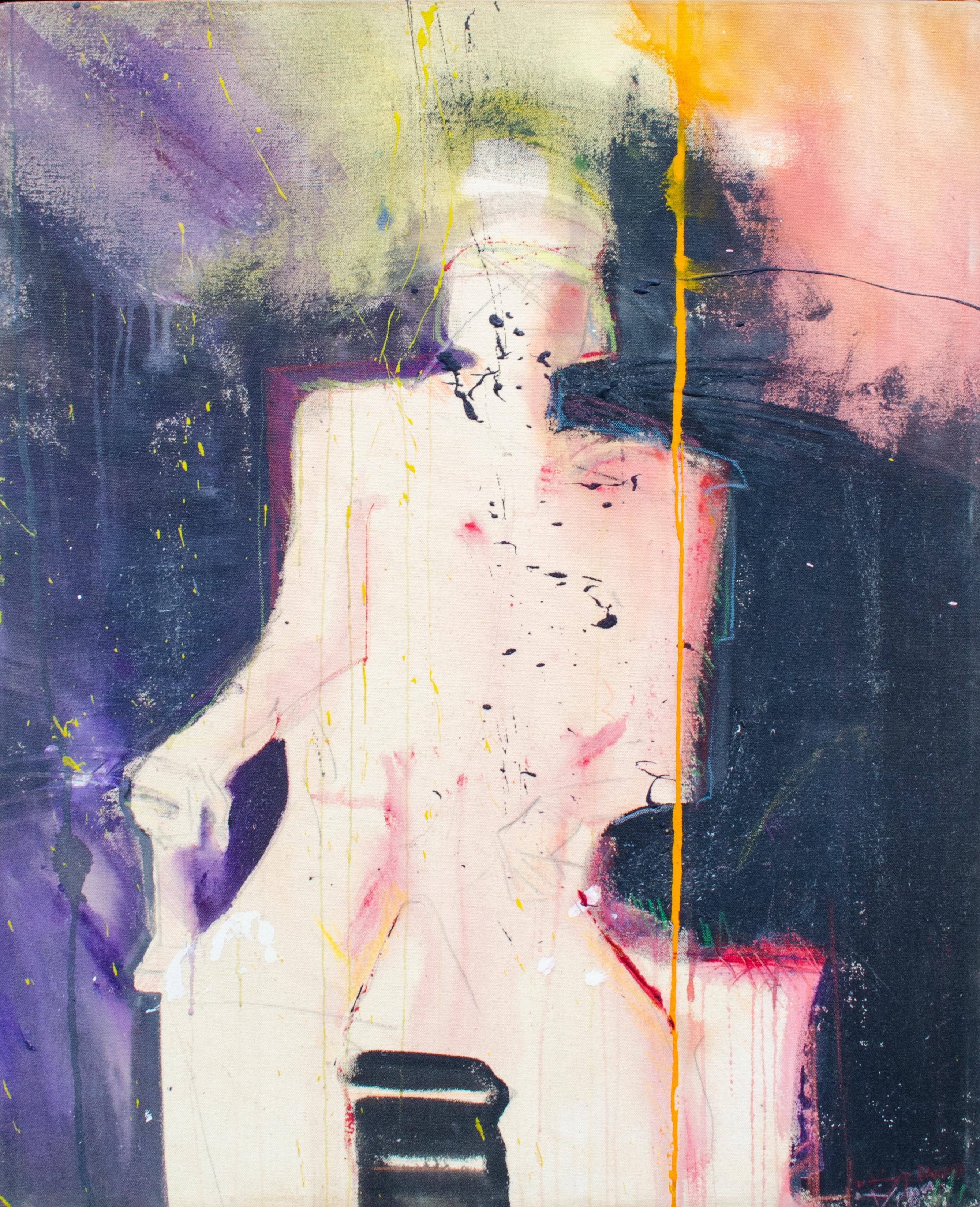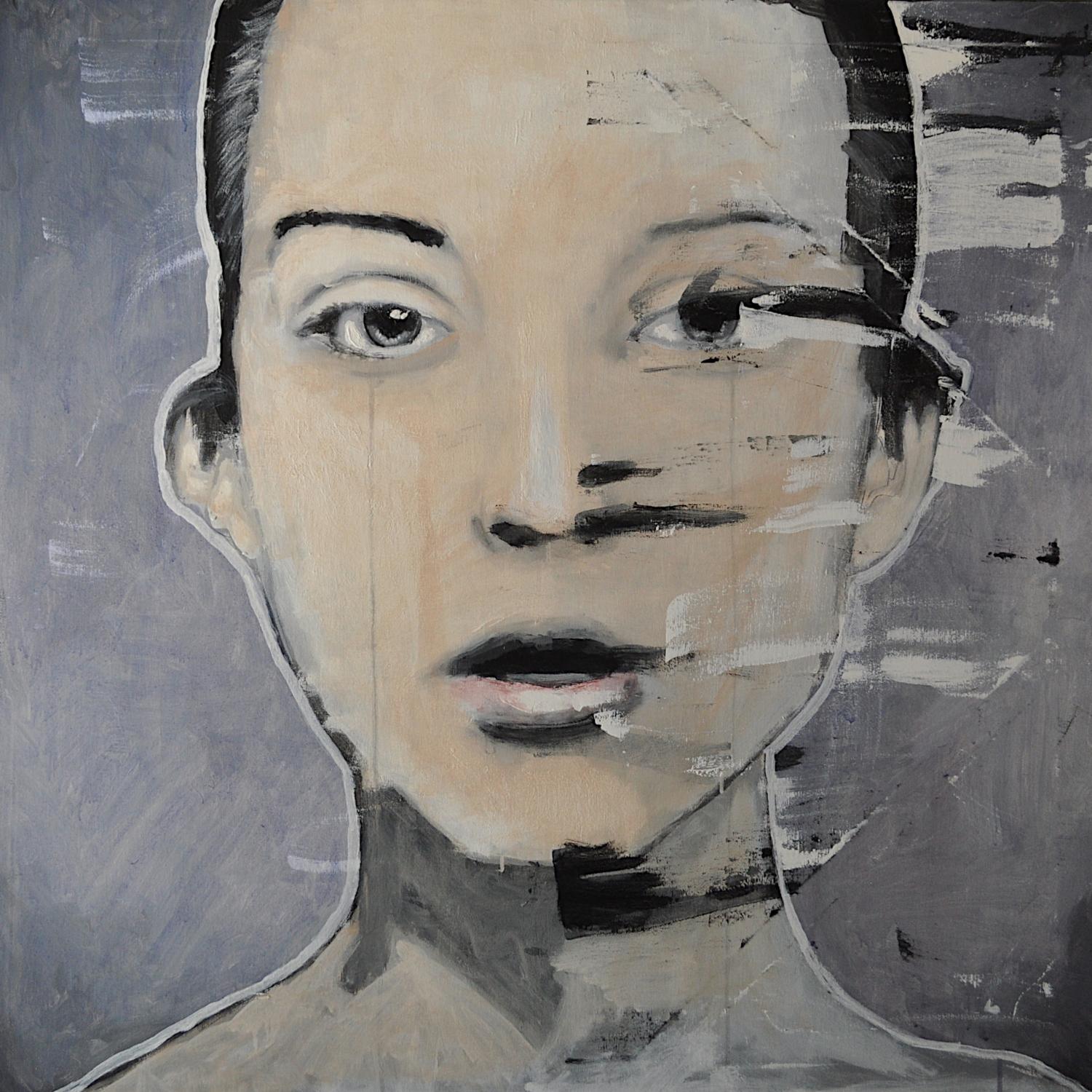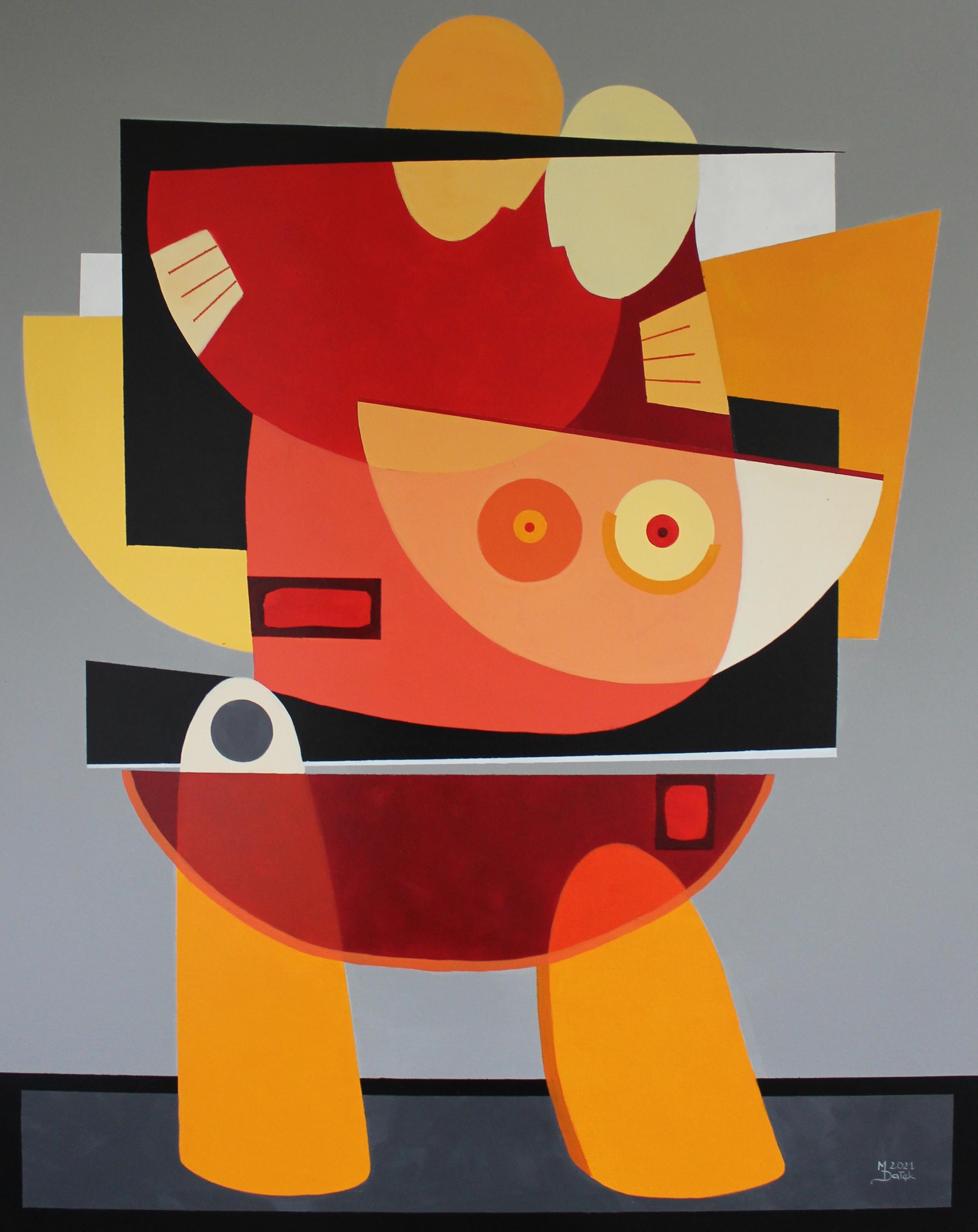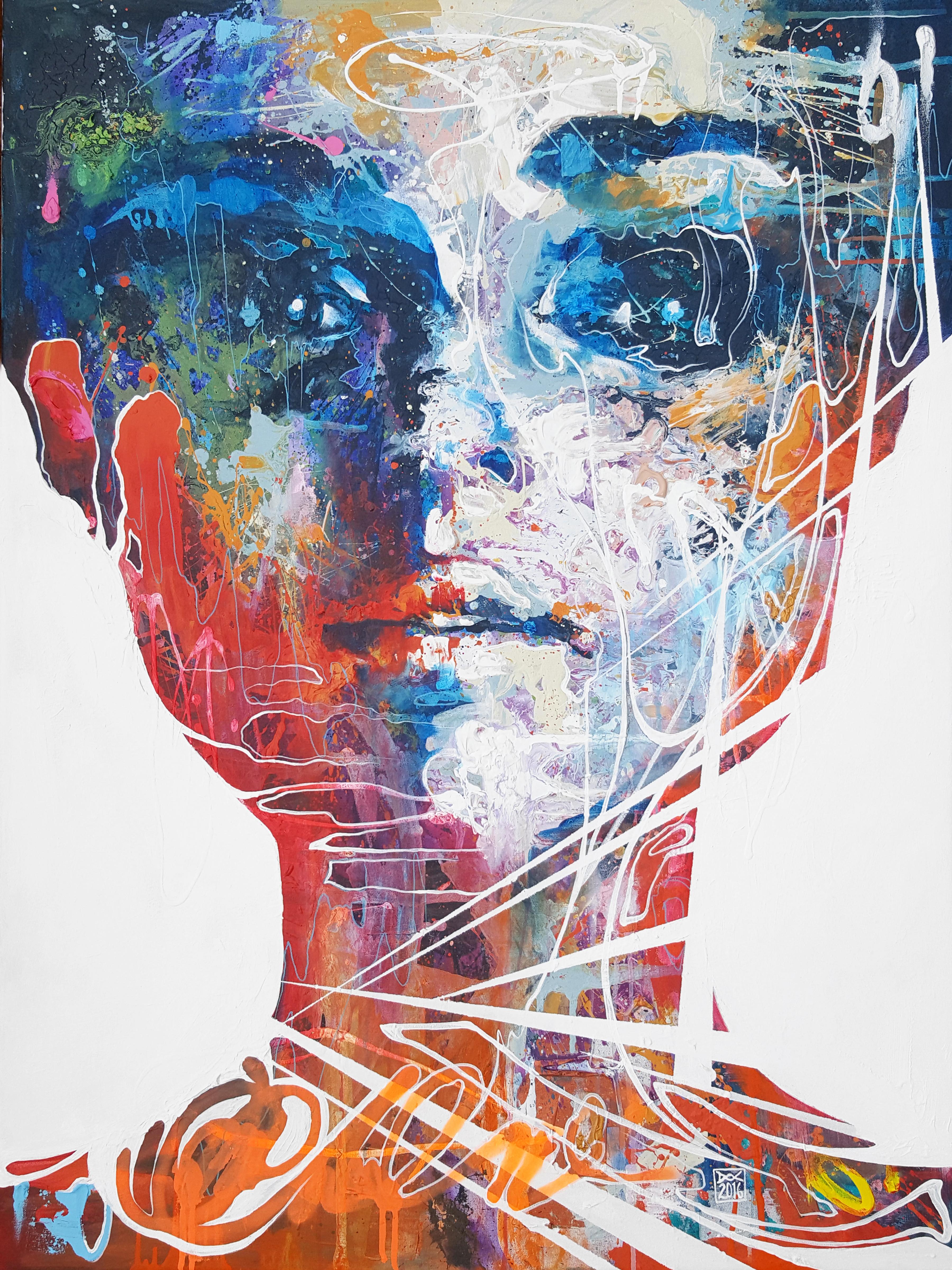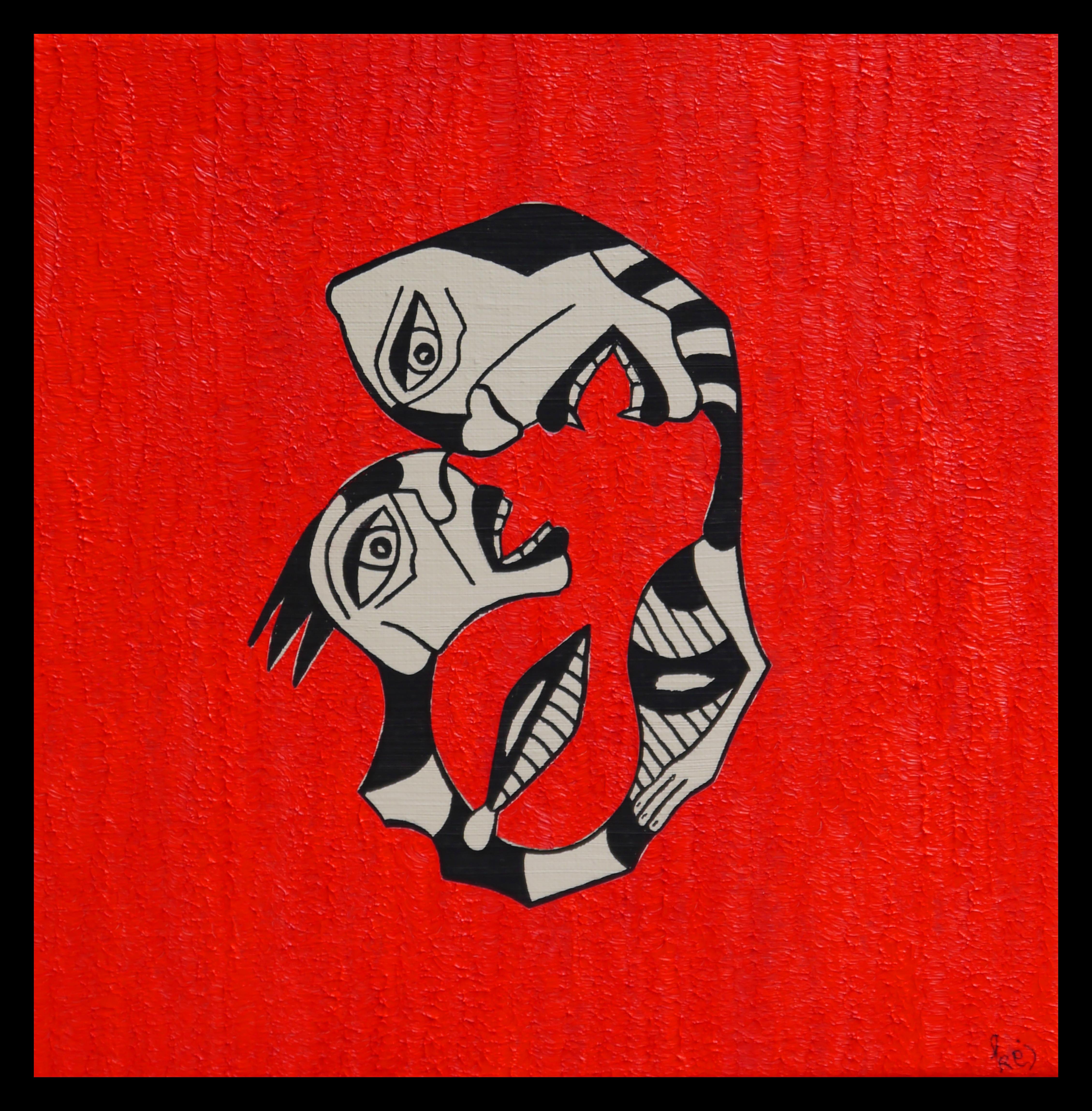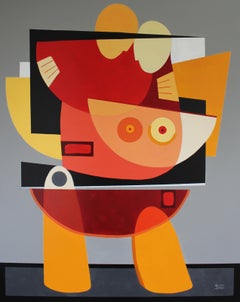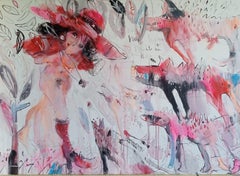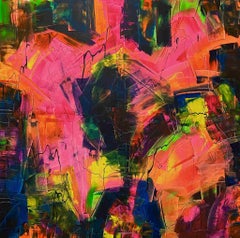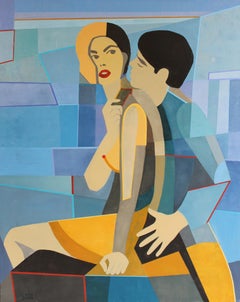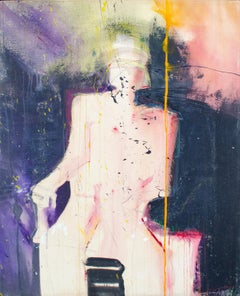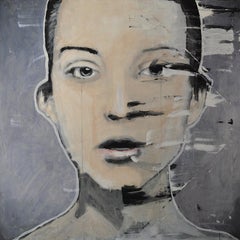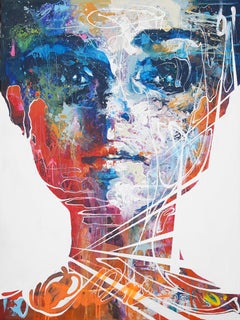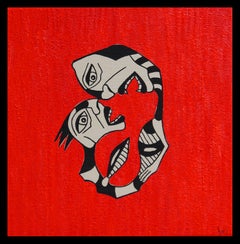Items Similar to Will Be The Wolf
Want more images or videos?
Request additional images or videos from the seller
1 of 10
Monika DalekWill Be The Wolf2016
2016
$2,000
£1,551.12
€1,763.60
CA$2,853.60
A$3,114.46
CHF 1,635.79
MX$37,826.50
NOK 20,526.07
SEK 19,263.15
DKK 13,169.63
About the Item
Will Be The Wolf.
Monika Dalek Polish contemporary artist.
She graduated from the Academy of Fine Arts in Lodz. Diploma defended 2008 at the Faculty of Visual Education in Painting and Drawing Prof. W. Stelmaszczyk, an annex to the diploma-book art at the Studio of Graphic Design W. Morawski.
The artist engaged in different fields of visual arts, especially painting in which the characters make the characters or objects involved in a "theater of the situation". She believes in constant volatility in art, using different conventions and techniques.
Many individual exhibitions and group shows.
Selected exhibitions:
2015 "The Second Independent Salon of Young Artists in Lodz." Poland.
2014 Museum of Textile in Lodz.
2011 Museum Cinematography in Lodz "Inspiration Film".
2009 Art Museum Second in Lodz.
- Creator:Monika Dalek (Polish)
- Creation Year:2016
- Dimensions:Height: 32 in (81.28 cm)Width: 32 in (81.28 cm)Depth: 1 in (2.54 cm)
- Medium:
- Movement & Style:
- Period:
- Condition:
- Gallery Location:Lake Worth Beach, FL
- Reference Number:1stDibs: LU19223575721
About the Seller
5.0
Gold Seller
Premium sellers maintaining a 4.3+ rating and 24-hour response times
Established in 2004
1stDibs seller since 2015
332 sales on 1stDibs
Typical response time: 3 hours
- ShippingRetrieving quote...Shipping from: West Palm Beach, FL
- Return Policy
Authenticity Guarantee
In the unlikely event there’s an issue with an item’s authenticity, contact us within 1 year for a full refund. DetailsMoney-Back Guarantee
If your item is not as described, is damaged in transit, or does not arrive, contact us within 7 days for a full refund. Details24-Hour Cancellation
You have a 24-hour grace period in which to reconsider your purchase, with no questions asked.Vetted Professional Sellers
Our world-class sellers must adhere to strict standards for service and quality, maintaining the integrity of our listings.Price-Match Guarantee
If you find that a seller listed the same item for a lower price elsewhere, we’ll match it.Trusted Global Delivery
Our best-in-class carrier network provides specialized shipping options worldwide, including custom delivery.More From This Seller
View AllThey Felt The Heat Of The Night
By Monika Dalek
Located in Lake Worth Beach, FL
They Felt The Heat Of The Night 2022
Monika Dalek Polish contemporary artist.
She graduated from the Academy of Fine Arts in Lodz. Diploma defended 2008 at the Faculty of Visual Educ...
Category
21st Century and Contemporary Contemporary Figurative Paintings
Materials
Canvas, Acrylic
Red Riding Hood and Wolfs
Located in Lake Worth Beach, FL
Red Riding Hood and Wolfs
Dariusz Grajek is an artist born in Poznan in 1964. He graduated from the Academy of Fine Arts in Poznan, where he received a degree in Painting from the st...
Category
2010s Expressionist Figurative Paintings
Materials
Canvas, Acrylic
Freedom
Located in Lake Worth Beach, FL
Freedom 2022
Paulina Robotycka is a color psychologist: each color in a painting corresponds to specific human feelings both positive and negative. The apparent lack of color harmony involving strong contrasts are associated with emotions that often contradict each other.
The artist’s compositions are a map of human feelings sometimes intricate, and sometimes transparent.
Born in 2000 in Gdansk, Poland. As of 2019, she is studying Psychology at the University of Gdansk. She is a self-taught painter. She primarily does easel and monumental painting. In her works we can find references to color plane painting...
Category
2010s Abstract Abstract Paintings
Materials
Canvas, Oil, Acrylic
Here Is A Meeting With A Woman Drowning In Secrets
By Monika Dalek
Located in Lake Worth Beach, FL
Here Is A Meeting With A Woman Drowning In Secrets 2022
Monika Dalek Polish contemporary artist.
She graduated from the Academy of Fine Arts in Lodz. Diplo...
Category
21st Century and Contemporary Contemporary Figurative Paintings
Materials
Canvas, Acrylic
Loving It Abstract Painting
Located in Lake Worth Beach, FL
Loving It, Abstract
Fine acrylic vinyl paint on primed canvas, gallery wrap, signed and titled.
Frank Monaco.
Studied and worked with Marilyn Stiles of The Art Institute of Chicago/...
Category
2010s Abstract Abstract Paintings
Materials
Canvas, Acrylic, Vinyl
Farewell Contemporary Abstract Expressionist
By Maximo Caminero
Located in Lake Worth Beach, FL
Farewell 2021
Artist signed lower right corner
Maximo Caminero
Born in the Dominican Republic in 1962.
Artist, self-taught formation.
He made his first individual exhibition ...
Category
2010s Abstract Expressionist Abstract Paintings
Materials
Cotton Canvas, Acrylic
You May Also Like
Expressionist Figure by Mystery Artist
Located in New York, NY
Oil on canvas
24 1/2 x 20 x 2 in.
Category
20th Century Abstract Abstract Paintings
Materials
Canvas, Oil
29 May 1985, Original Painting
By Mark Cudd
Located in San Francisco, CA
Artist Comments
I have always been fascinated by images from the past that exist today divorced from their original intent or context. Clearly, someone believed the image was...
Category
21st Century and Contemporary Contemporary Figurative Paintings
Materials
Acrylic
Don't Be Fooled By The Pure Persona - 21st Cent, Contemporary Painting, Portrait
By Danny O'Connor
Located in Barcelona, Catalonia
Don't Be Fooled By The Pure Persona (She Breathes Fire)
"The paintings are built up in layer upon layer of paint which give the pieces great depth of field. They are created with an...
Category
21st Century and Contemporary Contemporary Portrait Paintings
Materials
Canvas, Paint, Mixed Media
French Contemporary Art by KEJ - Discorde
By Kej
Located in Paris, IDF
KEJ is a French artist born in 1959 who lives & works in Paris, France. He is considered to belong to the movement of Figuration Libre & Outsider Art. His works are referenced in the...
Category
2010s Contemporary Figurative Paintings
Materials
Oil, Canvas, Acrylic
Untitled
Located in Atlanta, GA
Artist
Category
21st Century and Contemporary Modern Figurative Paintings
Materials
Oil
$3,000
Do Whatever You Want
By Mark Cudd
Located in San Francisco, CA
Artist Comments
I have always been fascinated by images from the past that exist today divorced from their original intent or context. Clearly, someone believed the image was...
Category
21st Century and Contemporary Contemporary Figurative Paintings
Materials
Acrylic
